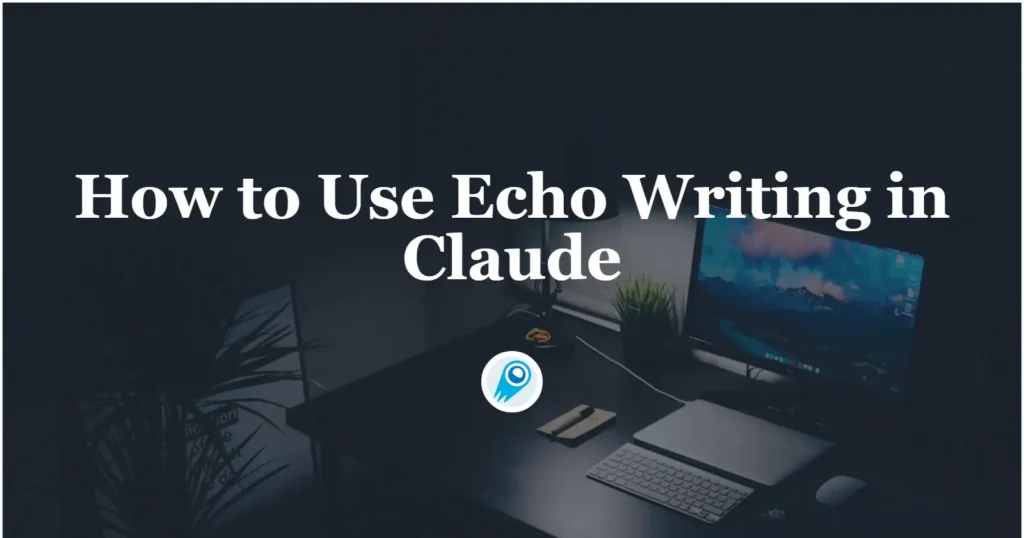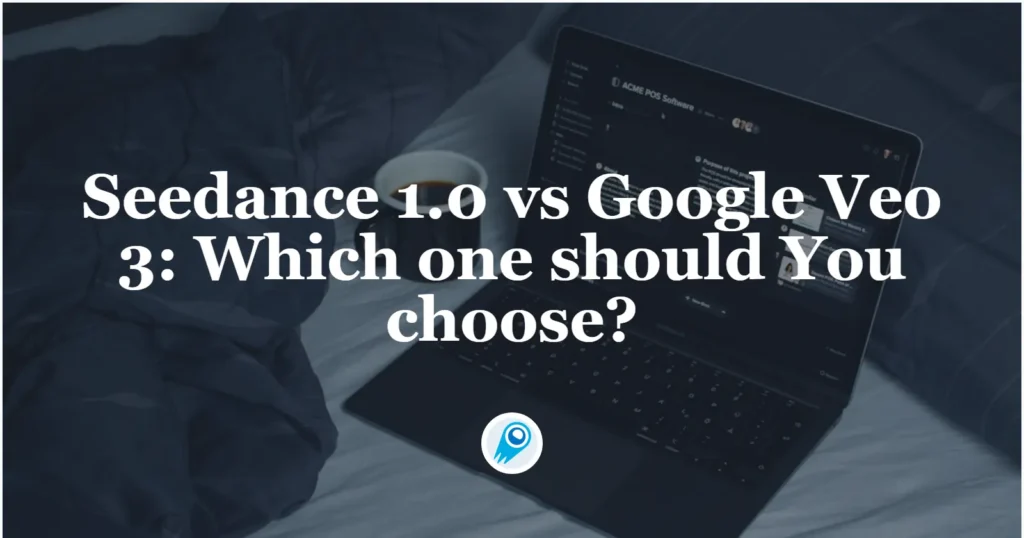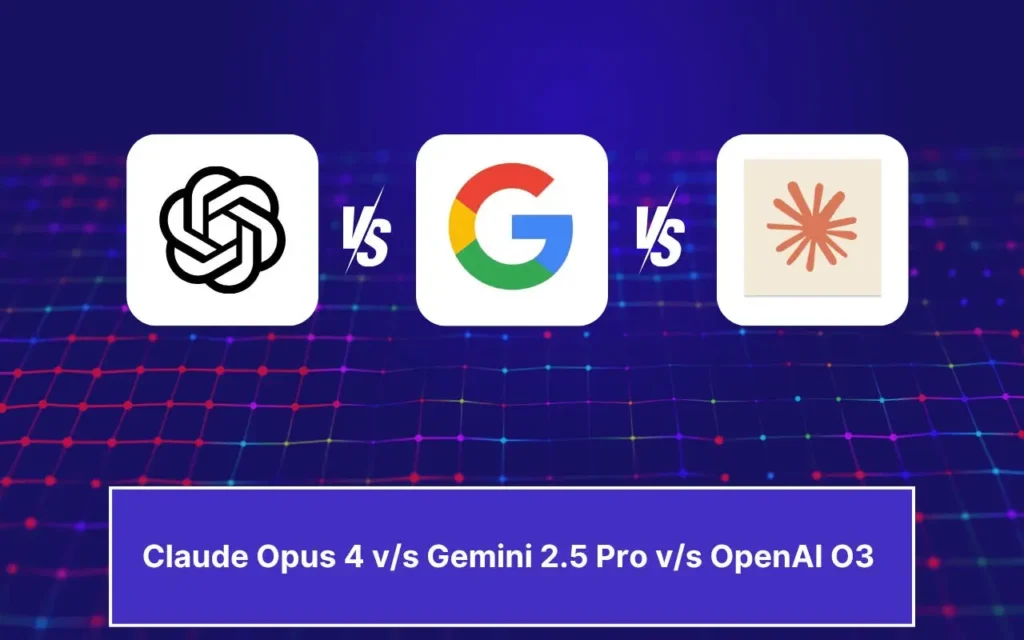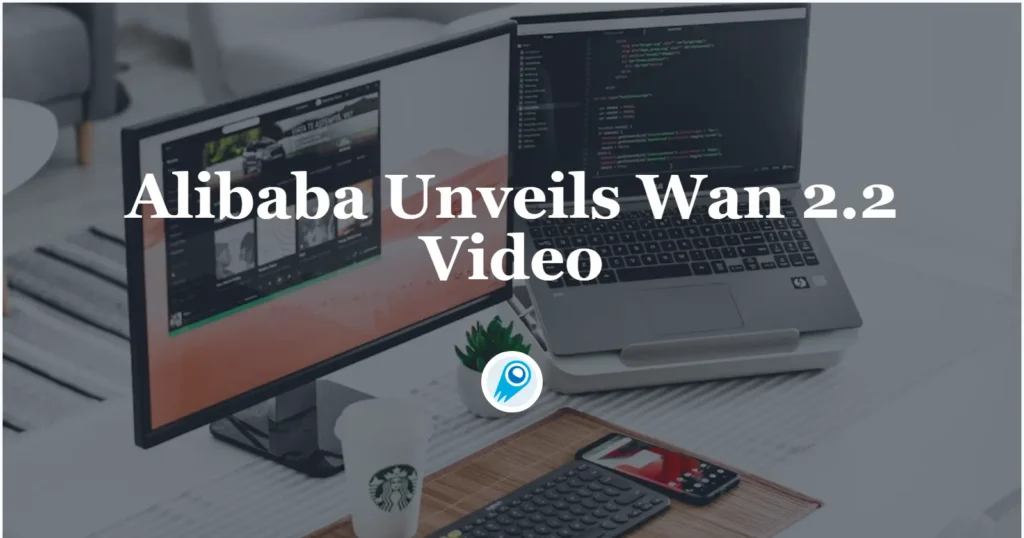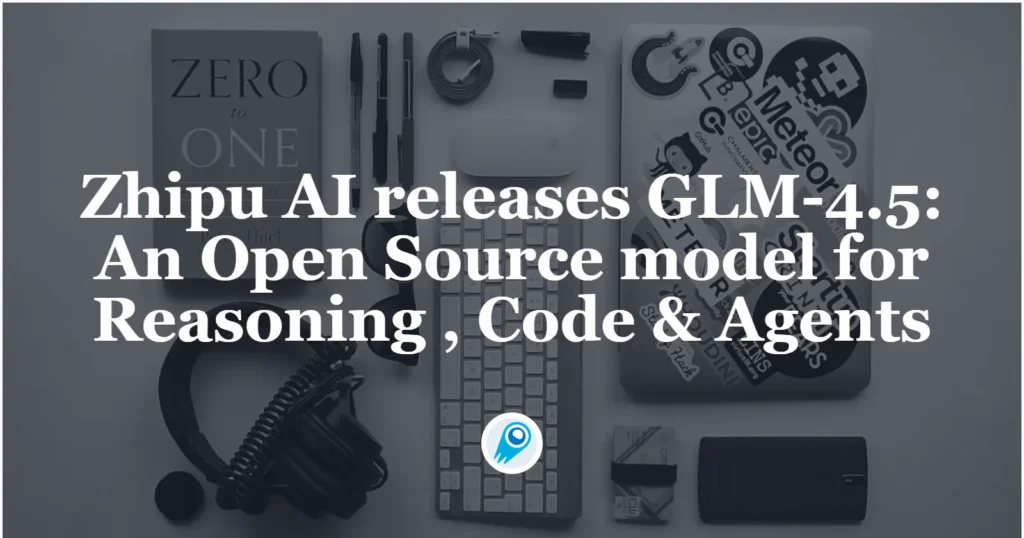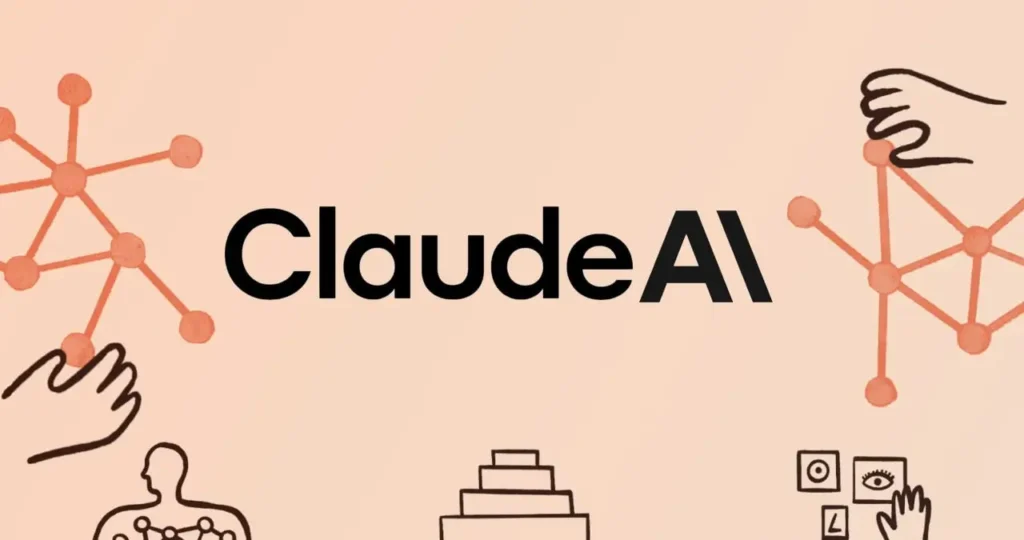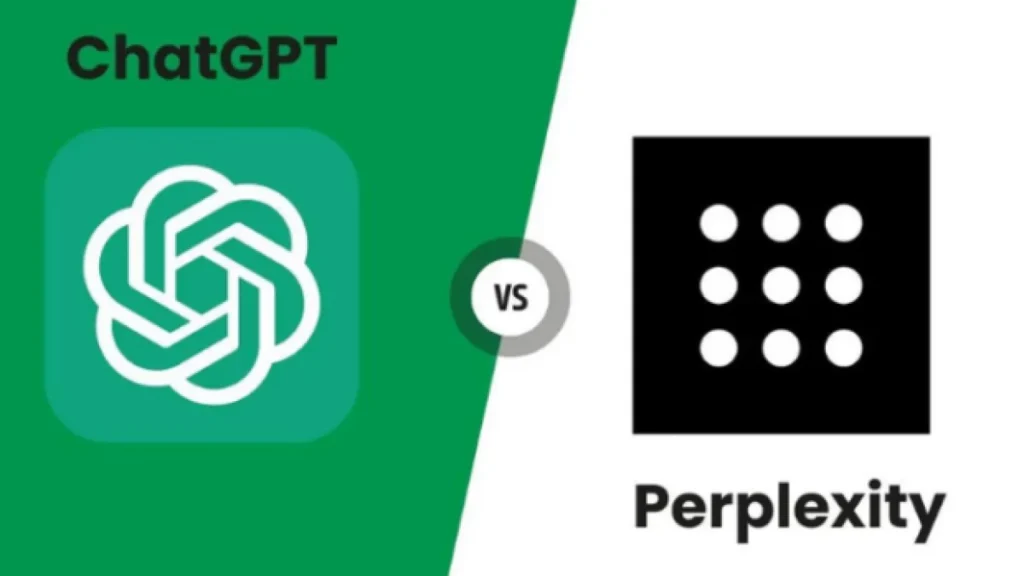Echo writing is a powerful prompt engineering technique designed to make AI-generated text sound as if it were authored by you. In the context of Anthropic’s Claude AI, echo writing leverages Claude’s advanced natural language understanding and custom styling features to produce outputs that seamlessly mirror your voice, tone, and phrasing. As organizations and individuals […]
Seedance 1.0 VS Google Veo 3: Which one should You choose?
Seedance 1.0 and Google Veo 3 represent two of the most advanced video generation models available today, each pushing the boundaries of what neural networks can achieve in transforming text or images into dynamic, cinematic experiences. Developed by ByteDance’s Volcano Engine (formerly known as Toutiao’s engine) and Google DeepMind respectively, these models cater to a rapidly […]
O3 vs Claude Opus 4 vs Gemini 2.5 Pro: A Detailed Comparison
OpenAI, Anthropic, and Google continue to push the boundaries of large language models with their latest flagship offerings—OpenAI’s o3 (and its enhanced o3-pro variant), Anthropic’s Claude Opus 4, and Google’s Gemini 2.5 Pro. Each of these models brings unique architectural innovations, performance strengths, and ecosystem integrations that cater to different use cases, from enterprise-grade coding […]
Alibaba Unveils Wan 2.2: World’s First Open‑Source MoE Video Generation Model
Alibaba’s DAMO Academy today officially released Wan 2.2, a next‑generation suite of open‑source video generation models built on a Mixture‑of‑Experts (MoE) architecture. Wan 2.2 promises breakthrough improvements in computational efficiency, motion fidelity, and cinematic expressiveness—enabling developers and creators to generate high‑quality 1080p videos from text or image prompts with unprecedented control and flexibility .Wan 2.2 delivers significant gains […]
How Much Does GLM 4.5 Series Cost? Are they worth it?
China’s Z.ai (formerly Zhipu AI) has once again seized headlines with the launch of its open‑source GLM 4.5 Series. Positioned as a cost‑efficient, high‑performance alternative to existing large language models, GLM‑4.5 promises to reshape token‑economics and democratize access for startups, enterprises, and research institutions alike. this comprehensive article explores the GLM‑4.5 Series’s origins, pricing structure, […]
Zhipu AI releases GLM-4.5: An Open Source model for Reasoning , Code & Agents
On July 28, 2025, Beijing‑based startup Zhipu AI officially unveiled its GLM-4.5 series of open‑source large language models, marking its most powerful release to date and targeting advanced intelligent‑agent applications. The announcement—made via a live online event following the World Artificial Intelligence Conference (WAIC)—showcased two variants: the full‑scale GLM‑4.5 with 355 billion total parameters (32 billion active) […]
GLM-4.5 Air API
Zhipu’s GLM‑4.5 Air API is a RESTful endpoint on the Z.ai (global) and Zhipu AI Open (Mainland China) platforms that provides access to the compact 106 billion‑parameter (12 billion active) GLM‑4.5 Air model—featuring hybrid “thinking” and “non‑thinking” modes and full configurability of inference settings (e.g., temperature, max tokens, streaming) for efficient, high‑throughput intelligent‑agent applications .
Model Type: Chat
GLM‑4.5 API
Zhipu’s GLM‑4.5 API is a unified RESTful service on the Z.ai (global) and Zhipu AI Open (Mainland China) platforms that exposes the 355 billion‑parameter, hybrid‑expert GLM‑4.5 model—capable of complex reasoning, coding, and agentic tasks—with configurable options (e.g., temperature, max tokens, streaming).
Model Type: Chat
Is Claude Sonnet Multimodal? All You Need to Know
Anthropic’s Claude Sonnet has rapidly become one of the industry’s most talked‑about AI models, promising not only advanced reasoning and coding capabilities but also multimodal understanding. With the release of Sonnet 4 in May 2025, developers and end‑users alike have been asking: “Is Claude Sonnet truly multimodal?” Drawing on the latest announcements, let’s explore Claude […]
Perplexity AI vs ChatGPT: Which is Better
Perplexity AI and ChatGPT have rapidly become two of the most talked‑about AI tools in 2025. Perplexity, originally conceived as an AI‑powered search assistant, has evolved into a multifaceted platform—adding new browsing capabilities, in‑house models, and strategic partnerships—while ChatGPT, the conversational agent from OpenAI, continues to expand its feature set toward agentic autonomy and multimodal […]

